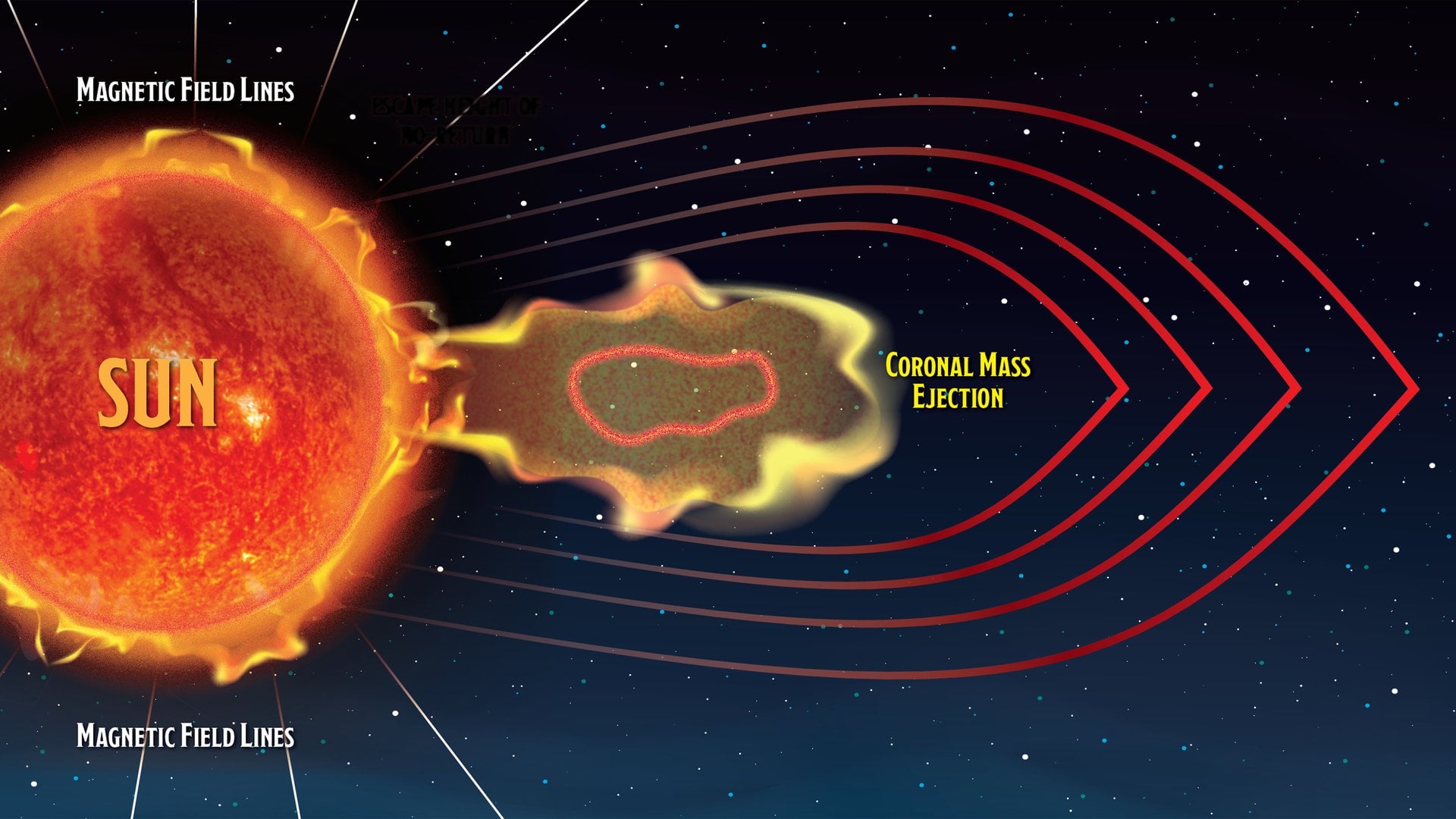A groundbreaking discovery from researchers at the University of Michigan reveals unusual quantum oscillations within an insulating material, challenging long-standing beliefs in physics. Published on November 9, 2025, in the journal Physical Review Letters, this research suggests that these oscillations originate from the material’s bulk rather than its surface, indicating a potential “new duality” in materials science.
Led by physicist Lu Li, the study was conducted at the National Magnetic Field Laboratory, which houses some of the most powerful magnets in the world. The findings indicate that materials may exhibit properties resembling both metals and insulators, a notion that could reshape future research in quantum materials.
For years, scientists believed that quantum oscillations, which occur when electrons in metals mimic springs in response to magnetic fields, were limited to conductive materials. However, recent investigations have uncovered these oscillations in insulators—substances typically expected to resist electrical conduction. This revelation has sparked intense discussions among physicists regarding the oscillations’ origins, specifically whether they arise from the surface or the bulk of these materials.
In their pursuit of answers, Li and his international team employed the laboratory’s advanced magnetic capabilities to test the hypothesis. Their experiments revealed that the oscillations are indeed a bulk phenomenon, defying prior expectations. “What we have right now is experimental evidence of a remarkable phenomenon,” Li stated. “We’ve recorded it and, hopefully, at some point, we’ll realize how to use it.”
The research team included over a dozen scientists from six institutions in the United States and Japan. Notably, research fellow Kuan-Wen Chen and graduate students from the University of Michigan played key roles in the study. Chen emphasized the significance of their findings, stating, “We are excited to provide clear evidence that it is bulk and intrinsic.”
Li describes this discovery as indicative of a “new duality” in physics, similar to the historical realization that light and matter can exhibit both wave and particle characteristics. This earlier discovery revolutionized the field, leading to numerous technological advancements. The new duality proposed by Li involves materials that can function as both conductors and insulators, expanding the potential for novel applications in electronics.
To investigate this new duality, the team focused on a compound known as ytterbium boride (YbB12). They examined its behavior under a magnetic field reaching up to 35 Tesla, a force approximately 35 times stronger than that of a typical hospital MRI machine. Li explained, “We’re showing that this naive picture where we envisioned a surface with good conduction that’s feasible to use in electronics is completely wrong.”
While this “metal-like” behavior is observed only under extreme magnetic conditions, the implications of these findings could lead to new inquiries into material behaviors at the quantum level. Graduate student Yuan Zhu remarked, “Confirming that the oscillations are bulk and intrinsic is exciting. We don’t yet know what kind of neutral particles are responsible for the observation.”
The project received support from several organizations, including the U.S. National Science Foundation, the U.S. Department of Energy, the Institute for Complex Adaptive Matter, the Gordon and Betty Moore Foundation, and the Japan Society for the Promotion of Science.
As researchers delve deeper into the implications of this discovery, the findings present a unique opportunity to explore the complexities of quantum materials and their potential applications in future technologies.







